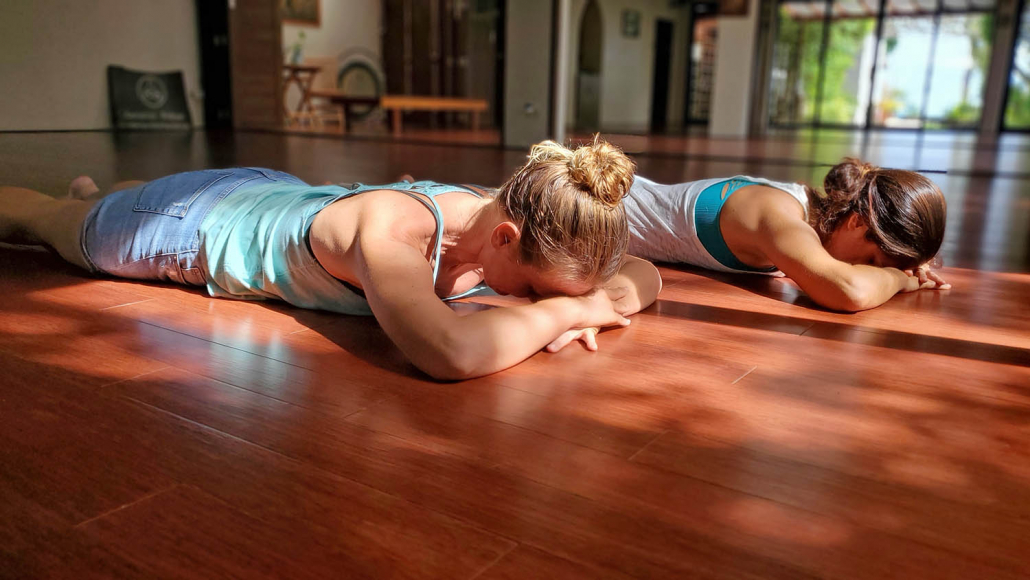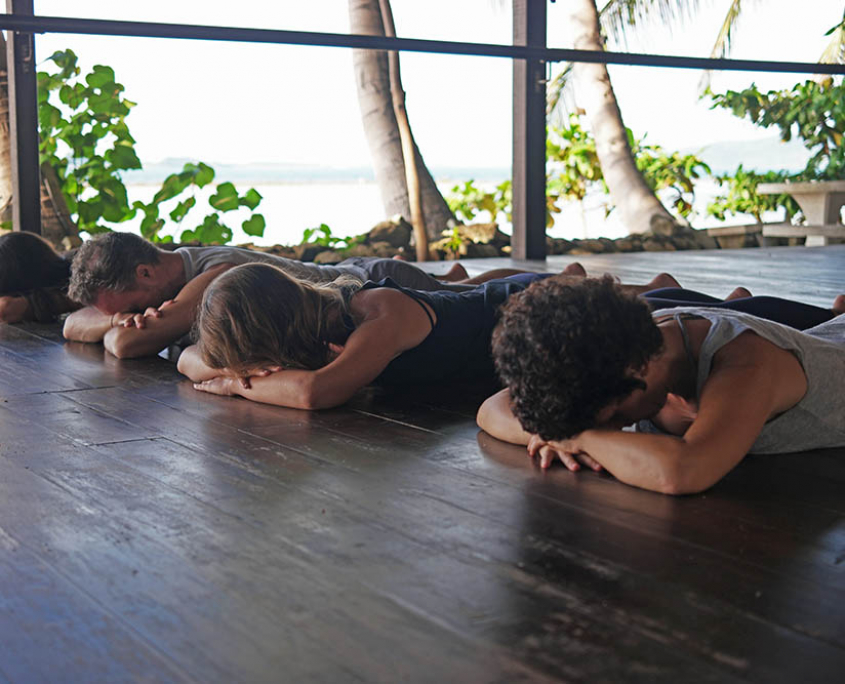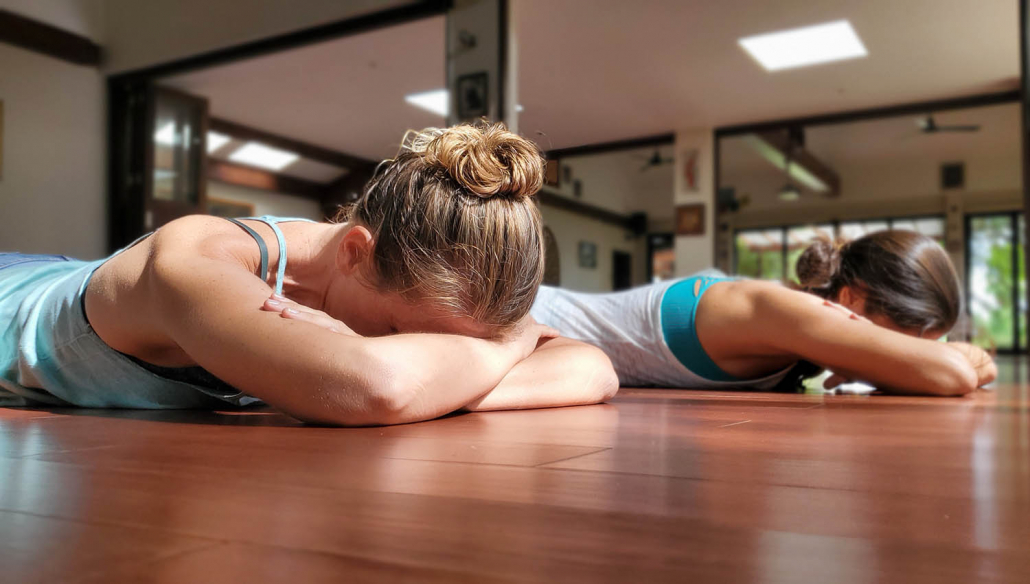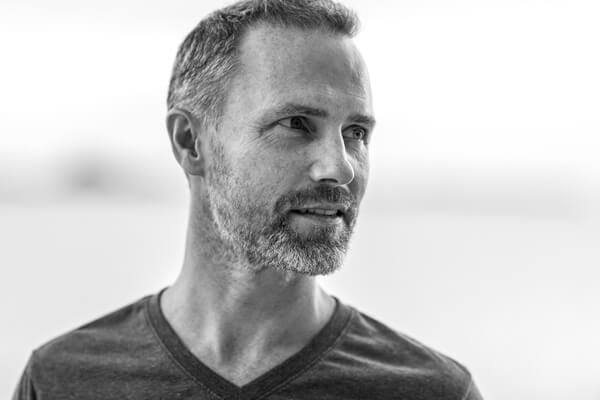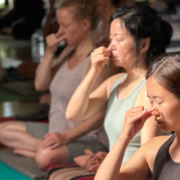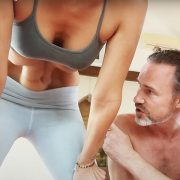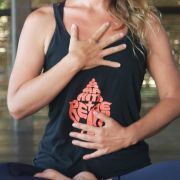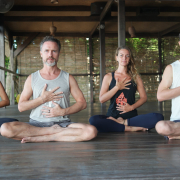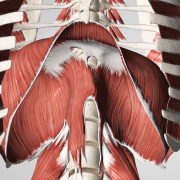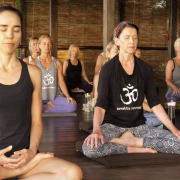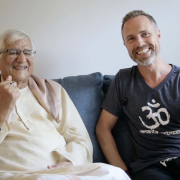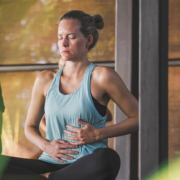 https://samahitaretreat.com/wp-content/uploads/2024/02/basic-breathwork.webp
600
798
Dr. Paul Dallaghan
http://samahitaretreat.com/wp-content/uploads/2024/01/samahita-logo-v2.svg
Dr. Paul Dallaghan2024-02-28 20:34:422024-02-28 20:35:53Navigate the World of Breathing
https://samahitaretreat.com/wp-content/uploads/2024/02/basic-breathwork.webp
600
798
Dr. Paul Dallaghan
http://samahitaretreat.com/wp-content/uploads/2024/01/samahita-logo-v2.svg
Dr. Paul Dallaghan2024-02-28 20:34:422024-02-28 20:35:53Navigate the World of BreathingLay on Your Belly, Breathe and Relax
Have you ever been told, or maybe you have advised someone else, to take a breath to help calm down? It is a common, if acute, piece of advice. It may give a momentary relief but this effect is typically short-lived as a few deep inhales aren’t going to transform your physiology. In fact, only focusing on big inhales can exacerbate your anxiety. Instead of focusing on how deep your inhale is tune into the length and completion of your exhale. Aim to do this when not upset and you will find it becomes part of your normal breath functioning. This takes the same time and energy investment as the above acute advice but turns it into “breath resilience”, something you can cultivate over time by regularly practicing controlled yet simple breathwork activities. Subsequently, your capacity to adapt in different stressful situations without succumbing to negative mood and affect, known as “emotional resilience”, can be a possible outcome.
“Supine and prone relaxation intervals are an excellent way to harness the calming effect of simply breathing without the challenge of holding the body in place.”
What a gift, to be able to live your life staying on top of the mood swings that come with emotional and physiological burdens. That’s resilience. It is something that is totally possible to develop. To take it for granted would, ironically, undermine it. What is needed is an investment in its cultivation through the two arms of mental appraisal and breath. But will you do it? It’s easy to say “I know this”, very different to claim “I do this, regularly”. However, as we show below, it can be as easy as laying down and tuning in.
Although the practice of breathing can be simple, sitting comfortably can provide a challenge for so many of us. Supine and prone relaxation intervals are an excellent way to harness the calming effect of simply breathing without the challenge of holding the body in place. Breathing in either of these laying down positions mildly trains the inhalation more while allowing a free, unimpinged exhale to occur. A mild, as opposed to an overly big and full, inhale aids the anxiety response through its ventilatory effect whereas when large typically the sympathetic nervous system is triggered more adding to the anxiety. Simply, laying regulates smooth inhales and allows for free exhales. When you sit up to practice breathing then a greater emphasis on the exhale is possible.
This prone resting state can be applied at any time during the day especially as and when you feel anxiety or shortness of breath.
Prone Relaxation Practice:
Lay on your belly, breathe and relax, has been a staple yogic breathing preparation practice, as an acute yogic therapy, recommended in cases of anxiety or panic attack. By lying on the belly with arms folded and head straight, a slight elevation to the ribs is caused. This allows for deeper diaphragmatic work that makes more complete use of lung capacity, thereby increasing ventilation and thus providing greater oxygen delivery.
Method:
- Lay down on the front of your body on the floor/mat/bed/couch
- Fold arms and cross them under your forehead
- The nature of the position places more attention on your inhale
- Inhale to medium capacity – belly and side ribs expand so it feels your back rises up 5: Exhale without any extra effort – allow the breath to flow out and the body to sink with it 6: Aim for at least 20 breaths
In our current global climate the benefits of a prone breathing practice have been noticed. A recent research report by NY hospital-based clinicians Caputo et al. showed early self-proning in awake COVID-19 positive patients demonstrated improved oxygen saturation (1). In acute COVID-19 cases it helps relieve reliance on electronic ventilators needed by more severe patients.
From a comprehensive yoga approach done regularly prone breathing is a preventive, calming and supportive measure over the long term on both respiratory quality and emotional support that is easy to do and continue. Done regularly you develop “breath resilience” to influence “emotional resilience”.
A prone breathing practice is described in this article Breathwork for Anxiety and Other Difficulties
Link to Main Article:
Dr. Paul Dallaghan’s expertise with breathwork, body and meditative practices comes from three sources: (1) three decades of daily dedicated practice and teaching these techniques; (2) uniquely acknowledged in the Yoga tradition by the title of “Master Yogi-Prānācharya (expert in breath)”, following an immersion in the original culture through one-on-one direct training in practice and study of ancient texts; (3) a PhD in doctoral scientific research at a leading US university (Emory) covering both the tradition and science of yoga and breath practices in terms of stress, health and aging. As a result, Paul occupies a unique space to impart genuine teaching and science on the breath, body, and meditative practices, seen as a Teacher-of-teachers and identified to carry on the tradition of Pranayama. His sincere and ongoing role is to teach, write and research, to help put out experienced and authentic information on these areas of how we live, breathe and be, to help people improve their mental and physical health, and live more fulfilling lives.
For more on his background see his bio
